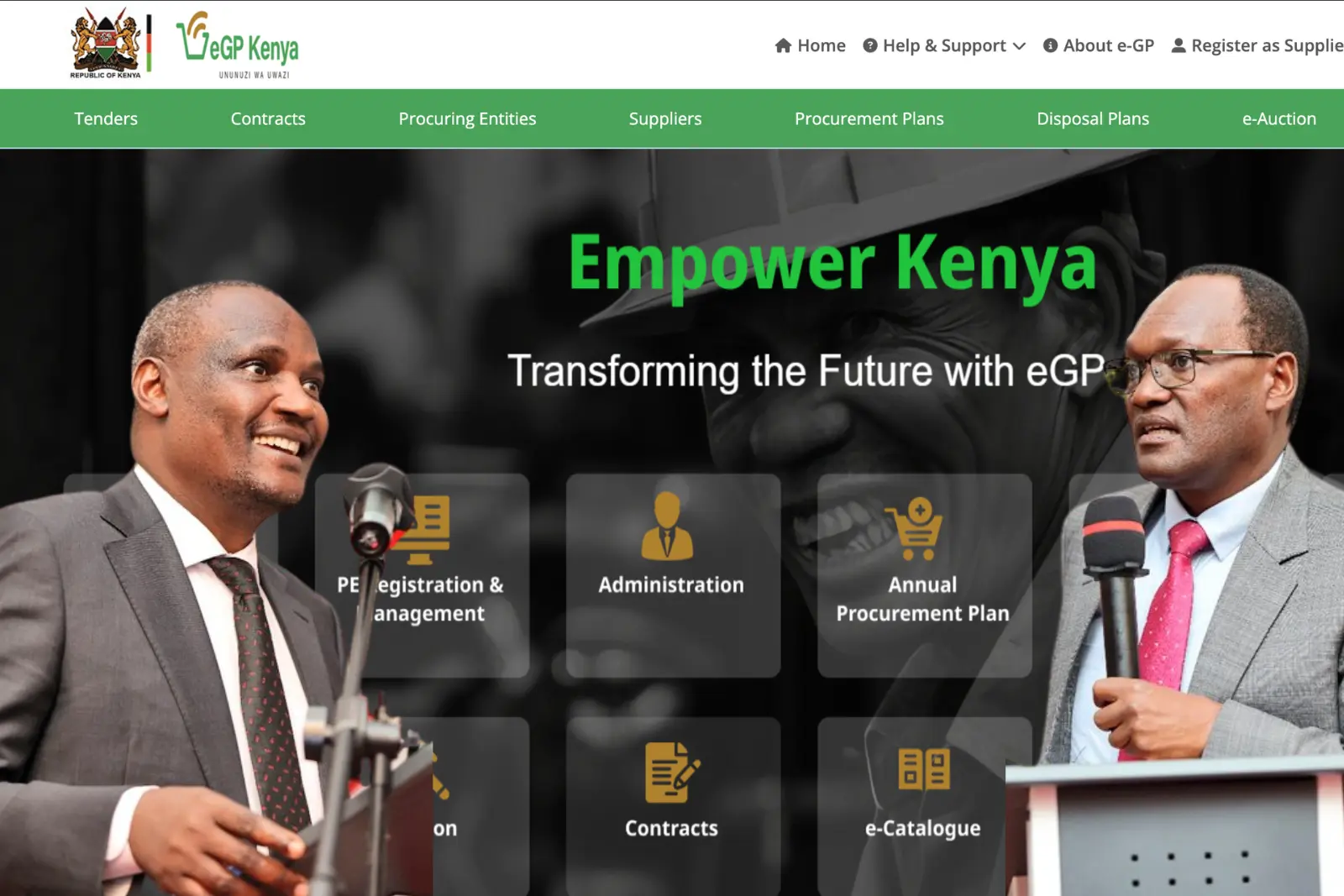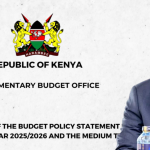On April 7, 2025, Kenya launched the e-Government Procurement (e-GP) system signalling a bold step toward modernising public procurement, a sector that accounts for 60 per cent of the country’s annual budget.
With promises of transparency, efficiency, and substantial cost savings, the e-GP system is poised to reshape how the government manages its resources—but what does this mean for Kenya, and how will it work in practice?
What This Means for Kenya
The launch of the e-GP system is more than a technological upgrade; it’s a policy shift aimed at addressing long-standing challenges in public procurement, such as inefficiency, corruption, and lack of transparency.
Public procurement in Kenya has historically been plagued by manual processes, delays, and allegations of mismanagement.
The World Bank has highlighted that inefficiencies in procurement cost the country dearly, estimating potential annual savings of KSh85.9 billion—equivalent to 0.9 per cent of GDP—if processes were streamlined.
For a nation grappling with competing demands for healthcare, education, and infrastructure, these savings could be transformative.
National Treasury Cabinet Secretary John Mbadi emphasised this during the launch, stating, “This is money that can be redirected to critical services for the public. We are not leaving anything to chance.”
The e-GP system aligns with President William Ruto’s directive from his November 2024 State of the Nation Address, where he mandated the National Treasury to fully roll out the system by Q1 2025.
It also supports the government’s Digital Superhighway Agenda, which aims to deliver 80 per cent of public services online, positioning Kenya as a leader in digital governance within the region.
For suppliers, the system promises a level playing field. By digitising the procurement process, the e-GP platform aims to foster fair competition, reduce favouritism, and ensure cost-effectiveness.
Small and medium enterprises (SMEs), which often struggle to navigate the complexities of government tenders, could benefit from easier access to opportunities through the online portal.
However, the transition also comes with challenges—suppliers and government entities must adapt to a fully digital system, and any resistance, as Mbadi warned, “will not be tolerated.”
READ: CS Mbadi launches plan to deal with Kenya’s debt, bolster resilience
How the e-GP System Works
The e-Government Procurement system is a comprehensive digital platform designed to handle the entire procurement lifecycle—from tender advertisement to contract management. Here’s a breakdown of its key features and operational framework:
Online Registration and Bidding: Suppliers are required to register on the e-Government Procurement system platform, where they can submit bids, track tender statuses, and manage contracts. This eliminates the need for physical paperwork, reducing the time and cost associated with manual submissions. The system’s digital contract management module ensures that all agreements are tracked and executed transparently.
Integration with Government Systems: The platform is integrated with critical government systems, including the Kenya Revenue Authority’s (KRA) iTax, the Integrated Financial Management Information System (IFMIS), the Business Registration Service, and the Integrated Population Registration System. This integration streamlines compliance verification by automatically cross-checking supplier data, reducing the risk of fraud and ensuring that only eligible entities participate in tenders.
Mandatory Adoption: Starting April 2025, all Ministries, Departments, Agencies, and County Governments (MDACs) are required to onboard the e-GP platform. CS Mbadi made it clear that only procurements processed through the system will be sanctioned and paid for, effectively phasing out manual processes. This mandate ensures uniformity across all levels of government, a critical step given the decentralised nature of Kenya’s governance structure.
Training and Support: Recognising the learning curve associated with such a transition, the National Treasury has partnered with the Kenya School of Government to provide countrywide training for government entities and suppliers. A help desk and weekly webinars have also been established to address queries and technical issues, ensuring a smooth rollout.
Enhanced Accountability: The system promotes transparency by making procurement data accessible and traceable. Every step of the process—from bid submission to contract awarding—is recorded digitally, reducing opportunities for manipulation. This aligns with global best practices and Kenya’s constitutional commitment to accountability in the use of public funds.












